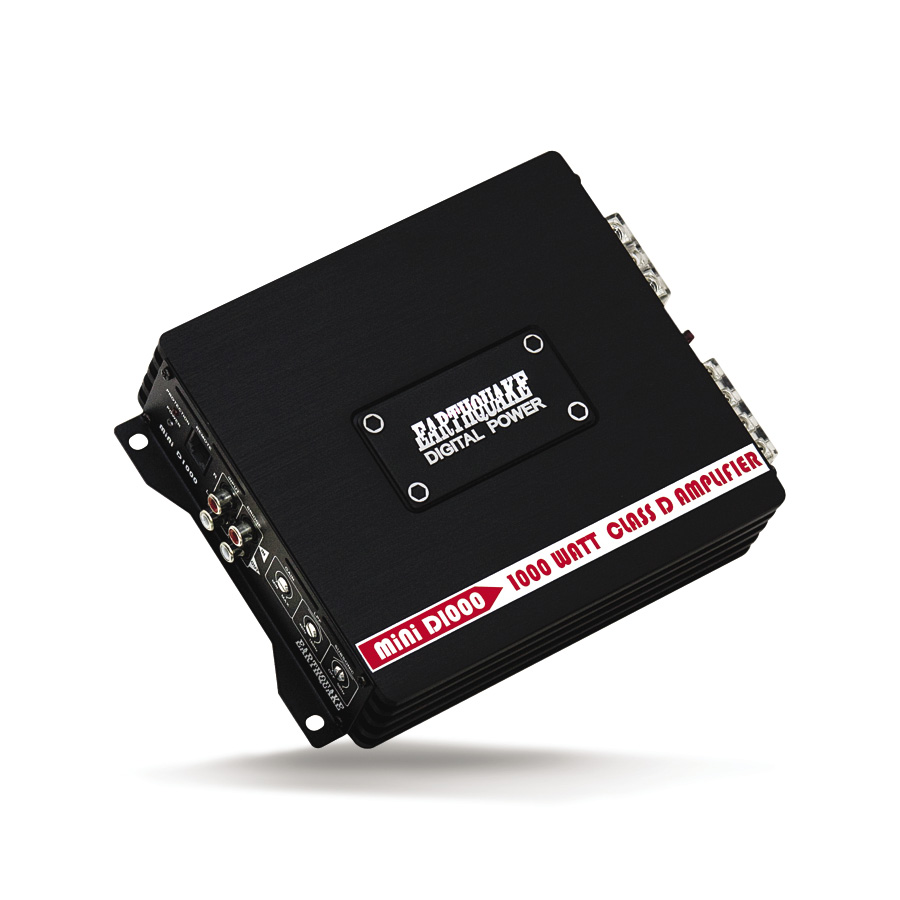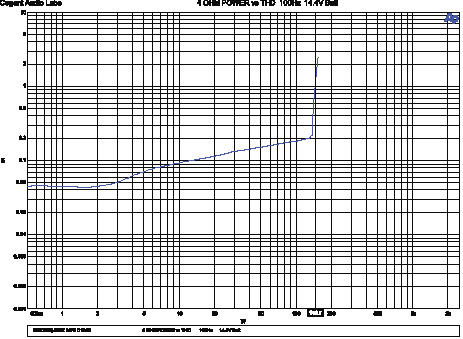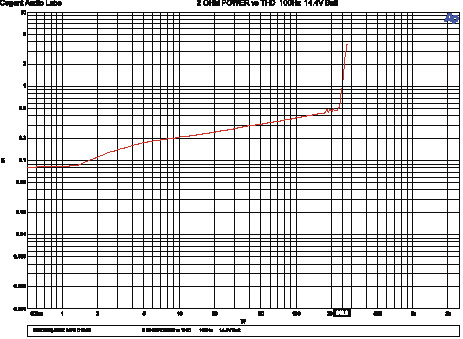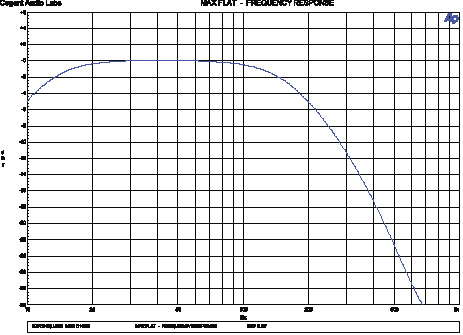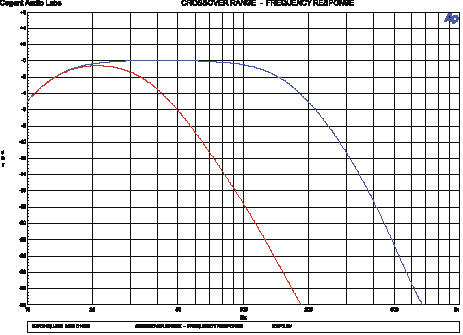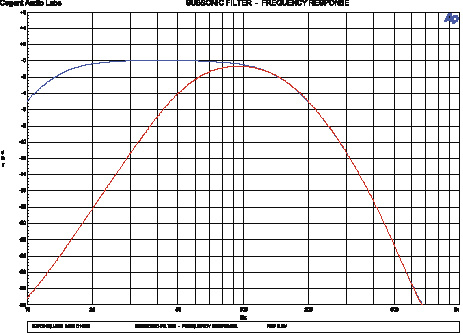Small amplifiers are hot tickets these days with more and more people preferring to save space by minimizing the amplifier's footprint. Well, the folks at Earthquake are ready to meet the demand with their MiNi Series of class D mono amplifiers. There are three models in the MiNi series, ranging in price from about $229 to $425.
FEATURES
I'm reviewing the smallest of the three Earthquake models available: the MiNi D1000. This is indeed a very small footprint amplifier. The chassis measures just 8 x 6.25 x 2 inches, so it's a safe bet this subwoofer amp will fit pretty much anywhere you want to mount it.
The amplifier is nicely finished in black anodized brushed aluminum with a diamond-cut Earthquake badge providing nice contrast.
Signal inputs and controls are found on the opposite end of the power and speaker connections. There is also a single 40-ampere ATC type fuse, which gives you an indication of the amplifier's power efficiency. The amp is rated at 180, 320 and 400 watts into respective four-, two- and one-ohm loads.
For a small, low-cost amplifier, the feature set is fairly complete. In addition to the typical gain, crossover and subsonic filter controls, the MiNi D1000 also comes with the ability to be operated in strapped mode to a second amplifier. When operated as a strapped pair, the minimum recommended impedance is two ohms.
The amplifier will accept a wide range of input signal voltages from as low as about 75 millivolts to a full four volts. The built-in -12 dB per octave low pass crossover is adjustable from 40 Hz to 180 Hz. A variable subsonic filter provides adjustment between 12 and 50 Hz, also with a -12 dB slope. The two larger models also include a bass boost control that is adjustable for both frequency and the amount of boost.
There is even a wired remote level control, which allows you to adjust the output of the amplifier from the driver's seat.
Inside the amp is a pretty basic class D design, but the amp is nicely made and uses good quality components. A pair of TO-220 case MOSFETs are used in the power supply with another pair taking care of the output duties. Input capacitance is handled by three 2,200 µF capacitors and the energy storage for the rails is stored in a pair of 3,300 µF caps. Surface mount parts are used extensively. (But, I always get a chuckle when the factory takes great care to sand the part number off the class D controller even though it's the same part used in about a thousand other amplifiers. Class D isn't new anymore. And, there are very few secrets.)
LISTENING
During my listening session, the Earthquake MiNi D1000 asserts itself quite nicely. For testing, I connect it to a two-ohm woofer for a good compromise between sound quality and output power. (An amplifier's ability to control woofer movement and, therefore, sound quality is reduced when you use a lower impedance.) Throughout the session the MiNi D1000 does a pretty good job of delivering solid musical bass without drawing excessive current or even getting warm. The controls and tuning adjustments work well and the amount of power you can get from this little amp is surprising.
PERFORMANCE/BENCH MEASUREMENTS
Once I'm done listening, the MiNi Earthquake amp is moved to the test bench where it holds its own by delivering respectable power and efficiency numbers. Signal-to-noise and output impedance are average and the amplifier's protection circuitry protects the amp from short circuits and excessive battery voltage. Because of the amplifier's efficiency, the heatsink is more than sufficient to dissipate the heat generated, so thermal problems will be quite rare.
CONCLUSION
If you're in the market for a class D subwoofer amplifier with a small footprint that offers a good performance-to-price ratio, the Earthquake MiNi D1000 should be on your list of products for consideration.
TECHNICAL DATA
The following power measurements have been obtained using industry standard methods (1 kHz @ 1.0% THD+N – Battery voltages shown +/- 0.2 V).
MEASURED PERFORMANCE SPECIFICATIONS
|
Manufacturers Rated Power |
Actual Measured Power @ Clipping @ 12.6 V Battery |
Actual Measured Power @ Clipping @ 14.4 V Battery |
|
180 x 1 @ 4 ? |
110 x 1 @ 4 ? |
146 x 1 @ 4 ? |
|
320 x 1 @ 2 ? |
187 x 1 @ 2 ? |
249 x 1 @ 2 ? |
|
400 x 1 @ 1 ? |
266 x 1 @ 1 ? |
354 x 1 @ 1 |
|
Signal to Noise Ratio referenced to 2 V output (CEA-2006A) (1 W @ 4 ?) |
-76.7 dBA |
|
Signal to Noise Ratio referenced to full output |
-98.3 dBA |
|
Distortion (THD+N) at rated power |
>5% |
|
CEA-2006A rated 4 ? power (min. power per ch. developed over the entire intended audio bandwidth) |
148 W |
|
Maximum Efficiency at full 2 ? power per ch. |
82.3% |
|
Idle Current |
0.5 A |
|
Input Sensitivity |
78 mV – 4 V |
|
Maximum Current at full 2 ? power per ch. |
34.8 A |
|
Frequency Response (-3 dB) |
12 Hz – 166 Hz |
|
High Pass Crossover |
N/A |
|
Low Pass Crossover |
38 Hz – 166 Hz -12 dB/Oct |
|
Bass EQ boost |
None |
|
Phase Adjustment (degrees of shift at 100 Hz) |
None |
Related Articles
 Genesis reveals first Magma production car and supercar concept
Genesis reveals first Magma production car and supercar concept
 Chopping Block: BMW Z4
Chopping Block: BMW Z4
 PASMAG Audience Choice Awards 2025
PASMAG Audience Choice Awards 2025
 Formula DRIFT 2026 Adds Three New Locations, Leaves Englishtown
Formula DRIFT 2026 Adds Three New Locations, Leaves Englishtown
 Clean Culture SoFlo Showdown 2025 Recap
Clean Culture SoFlo Showdown 2025 Recap
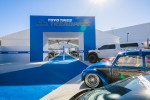 SEMA 2025 Preview: Toyo Tires Treadpass Returns
SEMA 2025 Preview: Toyo Tires Treadpass Returns


